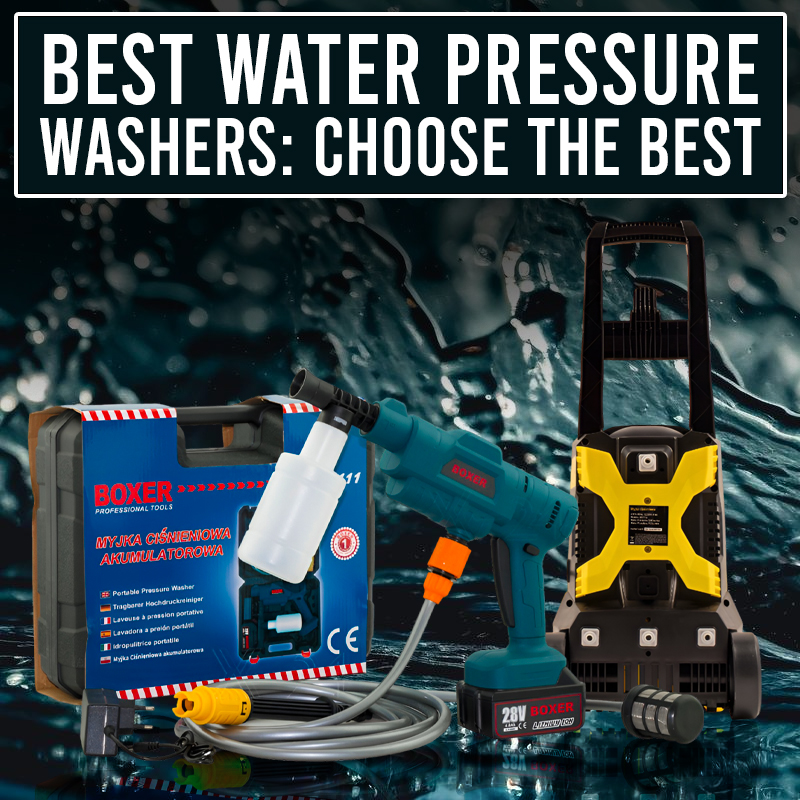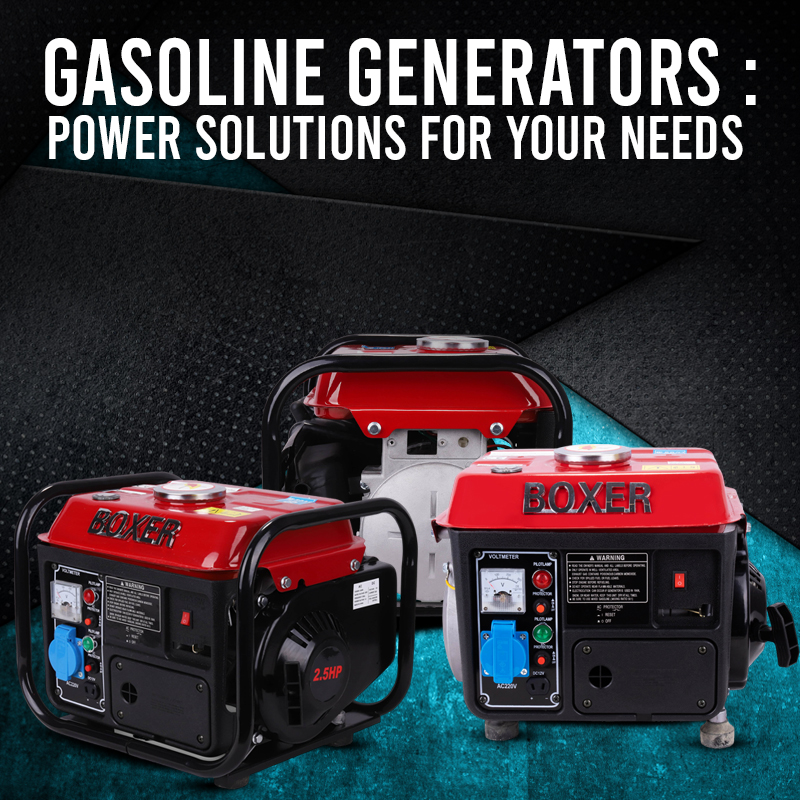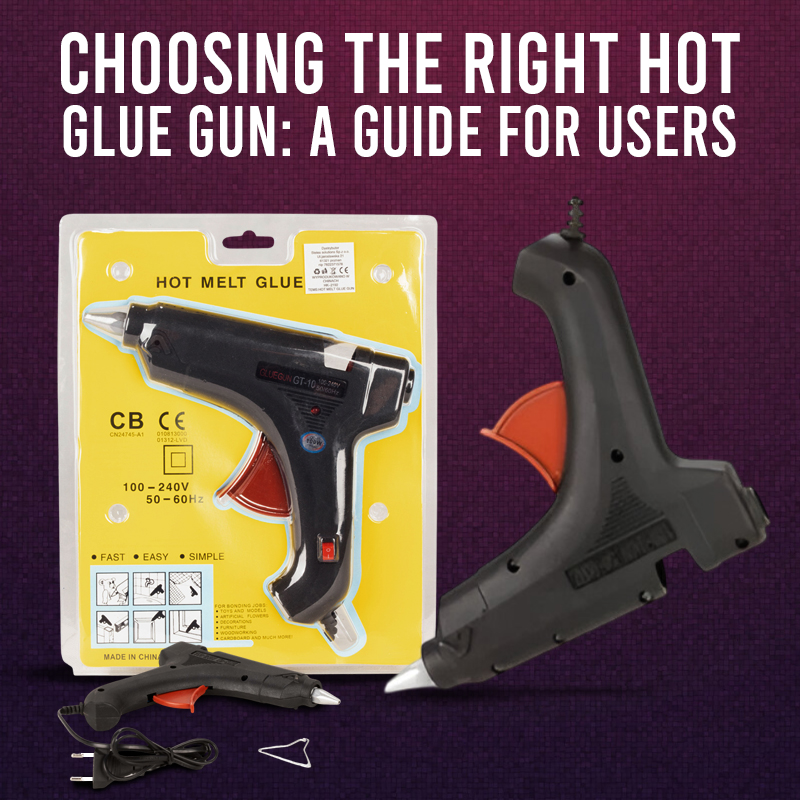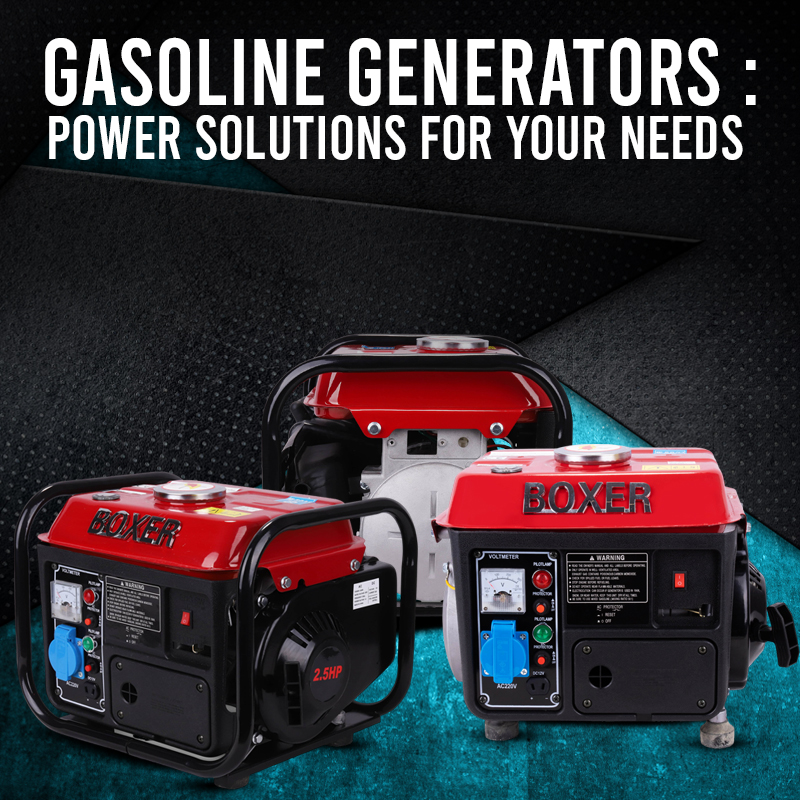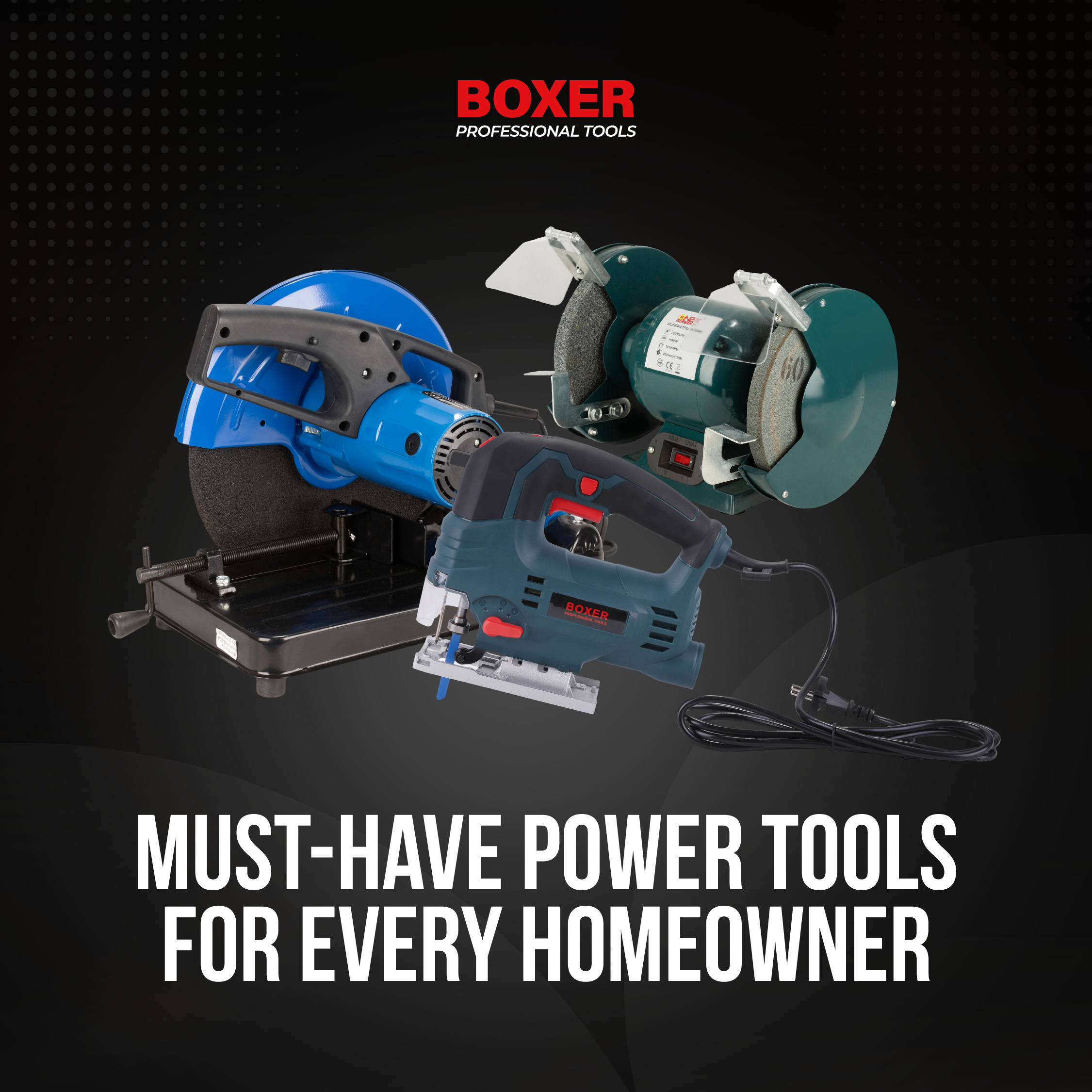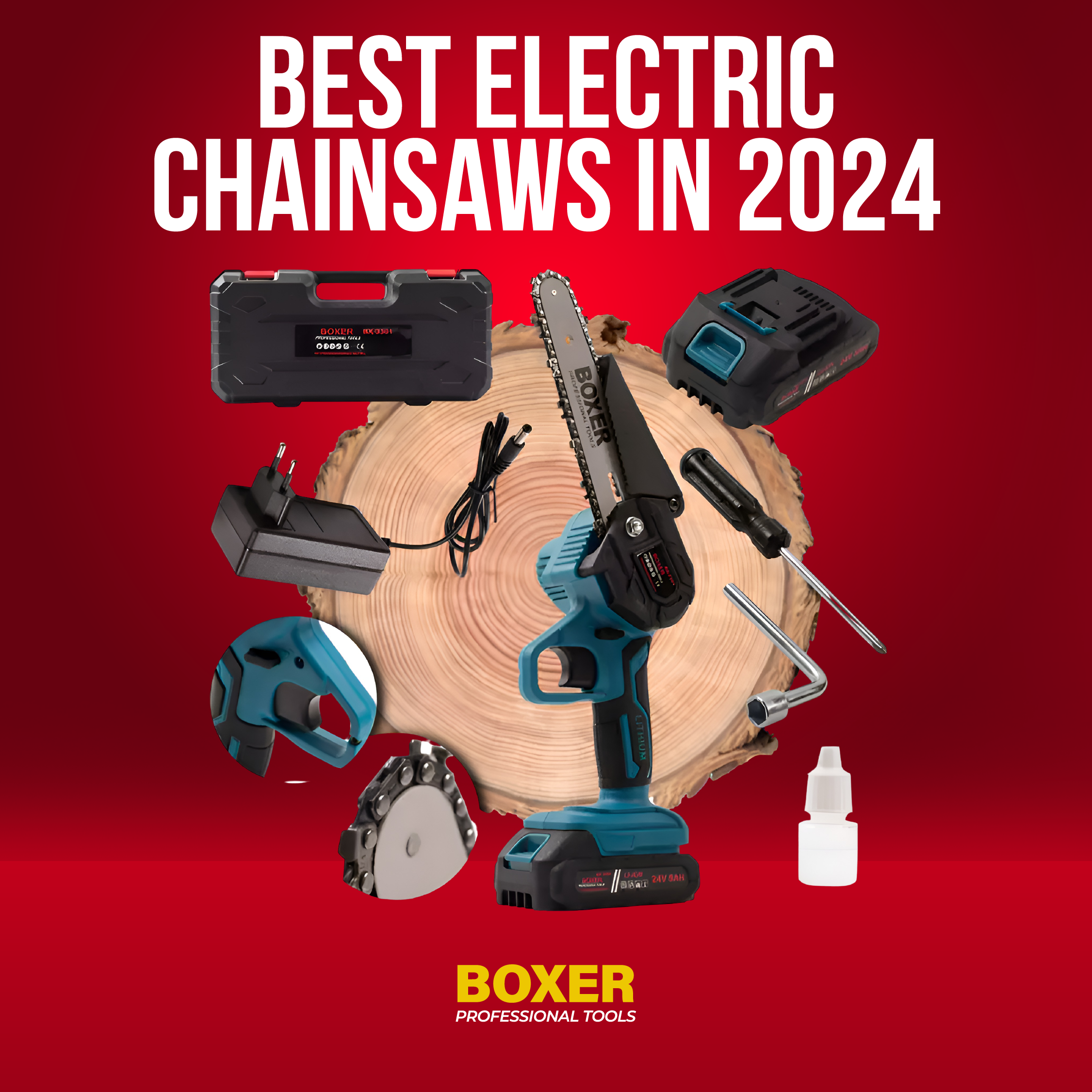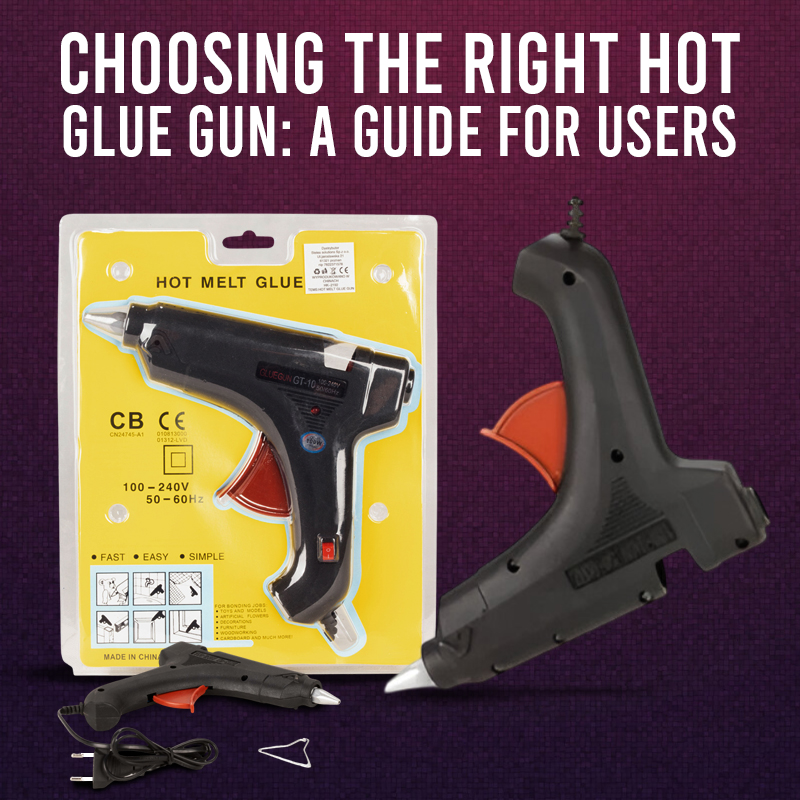
How to Choose the Right Garden Tools for Your Needs
Gardening is a rewarding hobby that allows you to connect with nature, grow your own food, and create a beautiful outdoor space. To make gardening enjoyable and efficient, it's essential to have the right tools. With a variety of tools available, it can be overwhelming to decide which ones are necessary for your specific needs. This blog post will guide you through the process of selecting the perfect garden tools to enhance your gardening experience.
1. Assess Your Garden's Size and Type:
- Small Garden: For small gardens, consider hand tools like trowels, hand forks, and pruning shears. A small garden hoe and a rake can also be helpful for weeding and leveling the soil.
- Large Garden: Larger gardens may require more specialized tools like a tiller, lawnmower, or edger. A wheelbarrow or garden cart can also be invaluable for transporting plants, soil, and other materials.
- Vegetable Garden: If you're growing vegetables, a garden hoe, hand fork, and trowel are essential for planting, weeding, and harvesting. A sturdy shovel is also necessary for digging planting holes.
- Flower Garden: For flower gardens, pruning shears, secateurs, and a hand saw are crucial for trimming and shaping plants. A garden rake can also be used to clean up fallen leaves and debris.
2. Consider Your Gardening Style:
- Intensive Gardening: If you prefer intensive gardening techniques like raised beds or container gardening, smaller hand tools like trowels, hand forks, and pruning shears are sufficient.
- Extensive Gardening: For extensive gardening, larger tools like a tiller, lawnmower, and edger may be necessary to maintain a large area.
- Organic Gardening: If you're following organic gardening practices, avoid using tools with synthetic materials or coatings. Opt for tools made from natural materials like wood, metal, or bamboo.
3. Prioritize Your Needs:
- Essential Tools: Every gardener needs a basic set of tools, including a trowel, hand fork, pruning shears, garden hoe, and rake.
- Specialized Tools: Consider purchasing specialized tools based on your specific gardening needs. For example, if you're growing roses, a rose pruning saw might be helpful.
- Quality Over Quantity: Invest in high-quality tools that are durable and comfortable to use. Quality tools will last longer and provide better performance.
4. Consider Ergonomics:
- Comfort: Choose tools with ergonomic handles that fit your hand size and shape. This will help prevent strain and fatigue during extended use.
- Weight: Consider the weight of the tools, especially if you'll be using them for long periods. Heavier tools can be tiring to use, so opt for lighter options if possible.
5. Maintenance and Storage:
- Cleaning and Storage: After each use, clean your tools to remove dirt and debris. Store them in a dry, sheltered location to prevent rust and corrosion.
- Sharpening: Keep your tools sharp for optimal performance. Use a sharpening stone or take them to a professional for sharpening.
By following these guidelines, you can select the right garden tools to make your gardening experience more enjoyable and efficient. Remember to consider your garden's size, your gardening style, your priorities, and the ergonomics of the tools. With the right tools, you'll be well-equipped to create a beautiful and thriving garden.
Copyright © 2024 Boxertools | Powered By Orance Media Group



